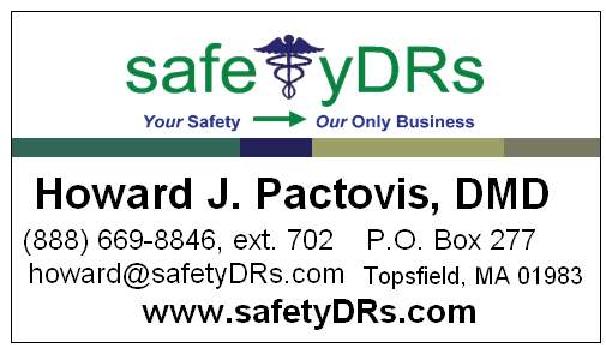 Buildings with poor indoor air quality (IAQ) or chronic leaks frequently have areas with surface fungal contamination. Studies have demonstrated that certain fungi grow on building materials such as wallpaper, drywall, and ceiling tiles, particularly after water damage has occurred. In some people, excessive mold can trigger allergic reactions. In addition, brown or black stained ceiling tiles does not give the proper message to your patients or staff about the overall sanitation in your dental office.
Buildings with poor indoor air quality (IAQ) or chronic leaks frequently have areas with surface fungal contamination. Studies have demonstrated that certain fungi grow on building materials such as wallpaper, drywall, and ceiling tiles, particularly after water damage has occurred. In some people, excessive mold can trigger allergic reactions. In addition, brown or black stained ceiling tiles does not give the proper message to your patients or staff about the overall sanitation in your dental office.If you discover stained ceiling tiles, first identify and fix the source of the leak. Problems with the heating, ventilation and air conditioning system (HVAC), leaky pipes or roof are the likely culprits. Cleaning porous ceiling tiles is difficult and replacement is generally necessary. Note that you should conduct these maintenance and cleanup activities when the occupancy of the building is at its lowest.
























